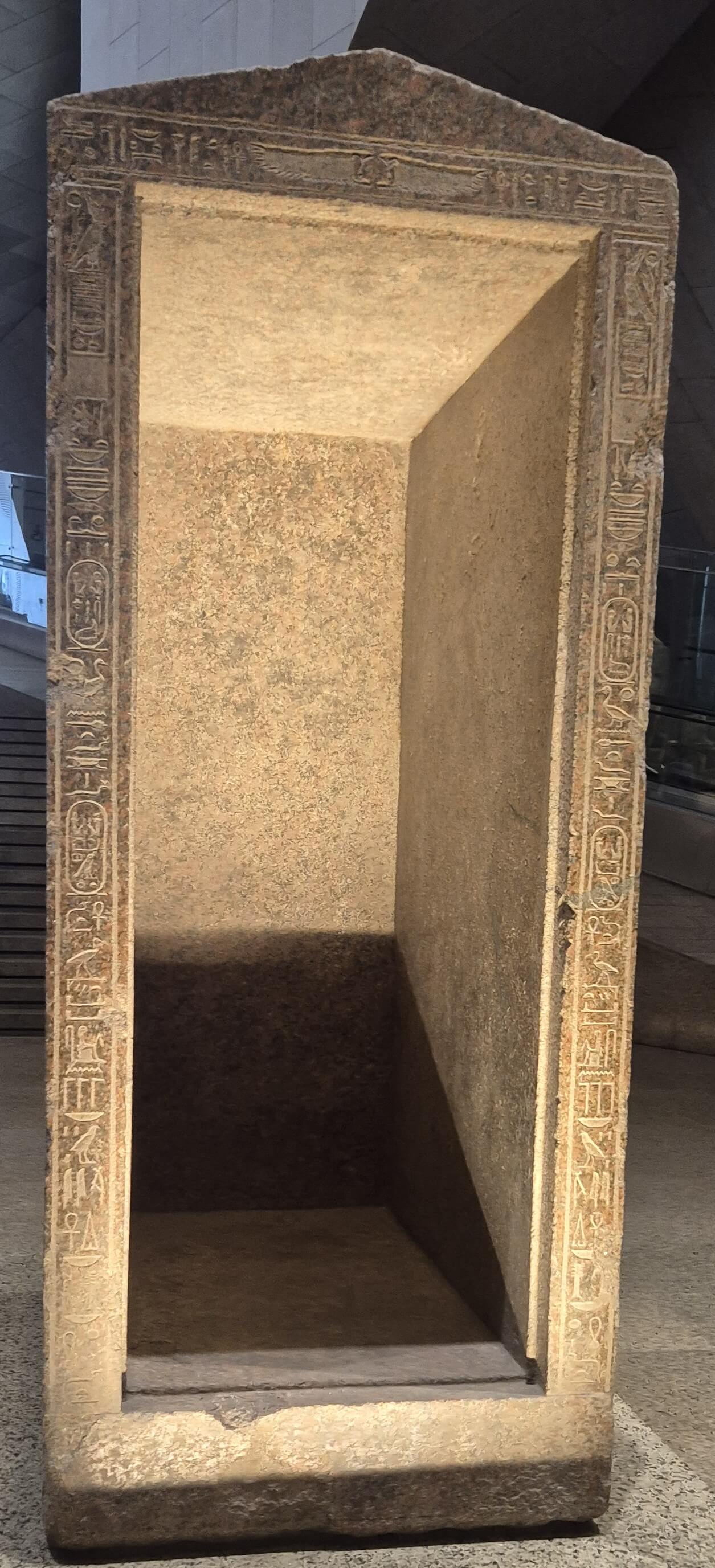
GEM 2734
Naos of King Nectanebo II
This granite naos—a sacred shrine-like container often used to house a divine statue—once belonged to King Nectanebo II, the final native ruler of ancient Egypt. He reigned during the 30th Dynasty, around 360–343 BCE, and his name is forever linked to one of the last chapters of Egypt’s independence before it fell under foreign rule.
Naoi like this one were intricately carved from stone and placed in temples as focal points of worship. This particular example was found at the ruins of Hermopolis Magna, near modern-day El Ashmunein in Middle Egypt, which was a major center for the worship of Thoth, the god of w ... Discover more with Premium!
Unlock the Full Story of This ArtifactUpgrade to premium to access the complete description, audio guides, and exclusive content for all artifacts.Access the full audio and description for the GEM's main artifacts for only $1.99
Looking For Another Artifact ?